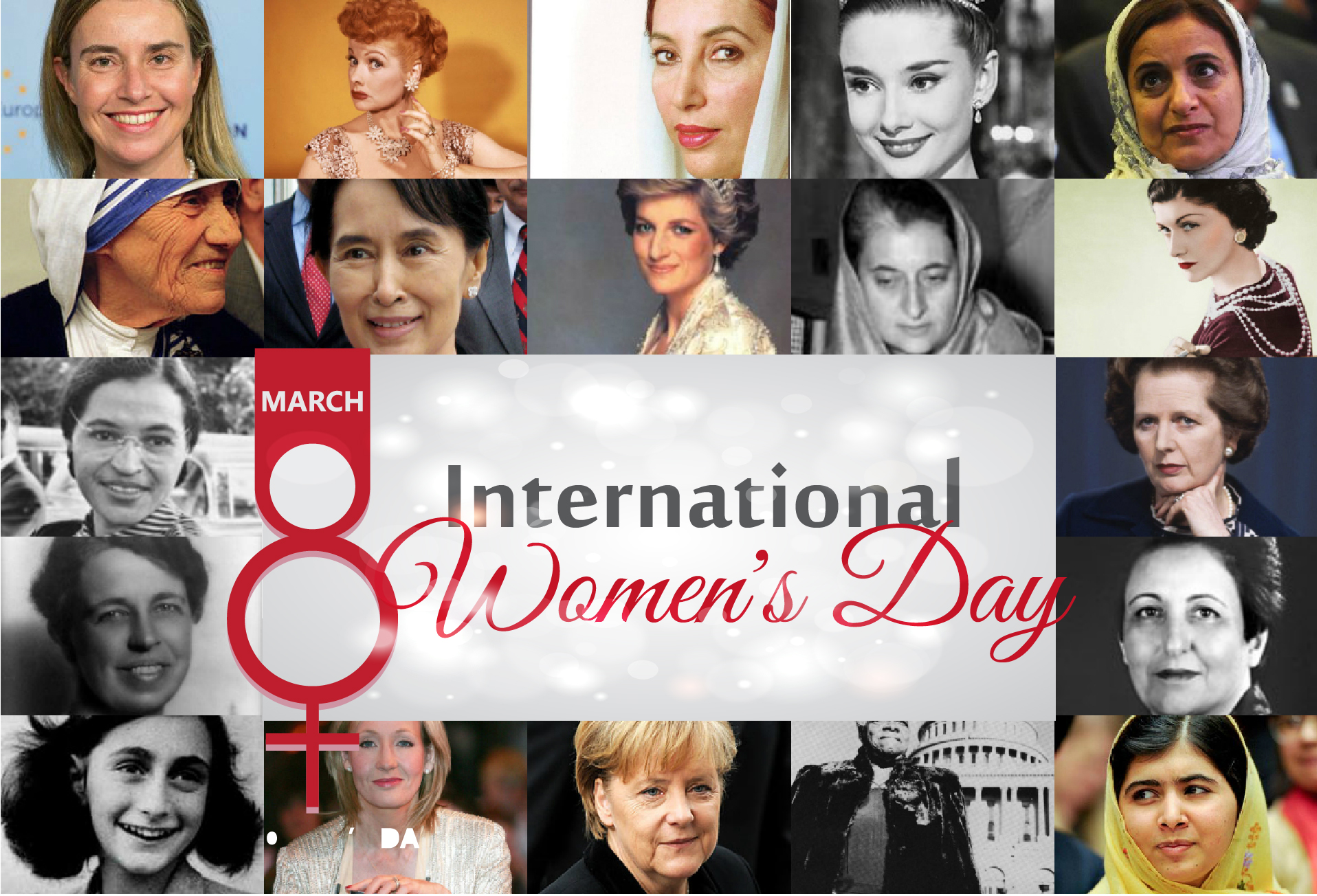How did International Women’s Day begin?
Every year on March 8, International Women’s Day is celebrated to honor the economic, social, cultural and political achievements of women in many countries around the world. On International Women’s Day, various organizations and people will praise the progress that has been made to this day, and advocate for the change that is yet to come with regard to gender equality and the rights of women. It is a day when women are recognized for their achievements irrelevant of their national, political, economic and ethnic background, and regardless of linguistics, and culture. Celebrating International Women’s Day first emerged during the 20th century from the activities of labor movements in North America and Europe.
- 1909– The first national Women’s Day was observed in the United States on 28th February. The Socialist Party of America designated this day in honor of the 1908 garment workers’ strike in New York, during which women protested against working conditions.
- 1913 to 1914– International Women’s Day became a mechanism for protesting World War I. As part of the peace movement, Russian women observed their first International Women’s Day on the last Sunday in February.
- 1915– Elsewhere in Europe, on or around 8 March of the following year, women held rallies either to protest the war or to express solidarity with other activists.
- 1975– The United Nations began celebrating International Women’s Day on 8 March.
- 1995– The Beijing Declaration and Platform for Action, a historic roadmap signed by 189 governments, focused on 12 critical areas of concern, and envisioned a world where each woman and girl can exercise her choices, such as participating in politics, getting an education, having an income, and living in societies free from violence and discrimination.
Since those early years, International Women’s Day has assumed a new global dimension for women in both developed and developing countries. The growing international women’s movement has helped to build support for women’s rights and participation in the political and economic arenas. However, in some regions, the political and human rights aspects of this day are lost and the focus is simply on expressing the love and appreciation for women. In other regions, the political and human rights theme primarily designated by the United Nations still runs strong. Political and social awareness of the struggles of women worldwide are brought out, and many organizations are advocating for gender equality and empowerment of women.

This day is an official holiday in many countries, such as; Afghanistan, Angola, Armenia, Azerbaijan, Belarus, Burkina Faso, Cambodia, China (for women only), Cuba, Georgia, Guinea-Bissau, Eritrea, Kazakhstan, Kyrgyzstan, Laos, Macedonia (for women only), Madagascar (for women only), Moldova, Mongolia, Nepal (for women only), Russia, Tajikistan, Turkmenistan, Uganda, Ukraine, Uzbekistan, Vietnam, and Zambia.
In some other countries such as Croatia, Romania, Montenegro, Bosnia and Herzegovina, Serbia, Bulgaria, Chile and Cameroon the day is not a public holiday but it is customary for men to give the women in their lives flowers and small gifts.
This year the UN theme for International Women’s day is “Planet 50-50 by 2030: Step It Up for Gender Equality”. Executive Director of the United Nations Entity for Gender Equality and the Empowerment of Women (UN Women), Mlambo-Ngcuka, said,
“Today, we are calling on governments, everywhere in the world, to Step It Up. By 2030 at the latest, we want to live in a world where at least half of all parliamentarians, university students, CEOs, civil society leaders and any other category, are women. Real progress requires 50-50.”


The UN states gather annually at the sessions of Commission on the Status of Women to address critical issues related to gender equality and women’s rights. Moreover, the Millennium Development Goals (MDG’s) have played an important role in raising awareness and resources for gender equality and women’s empowerment.

Leave a Reply